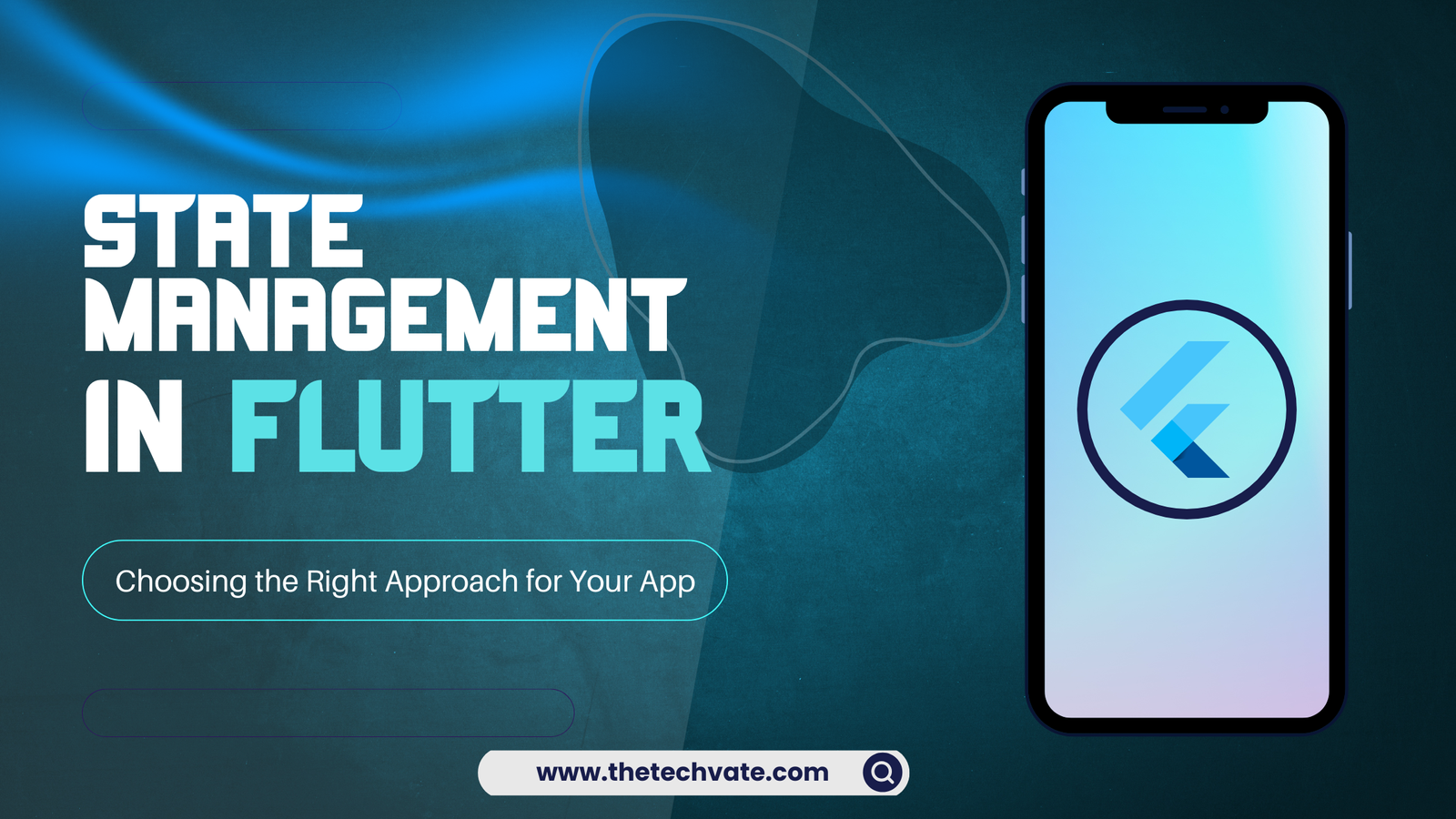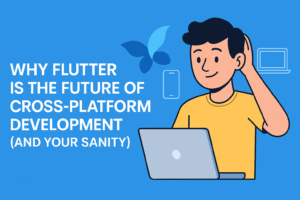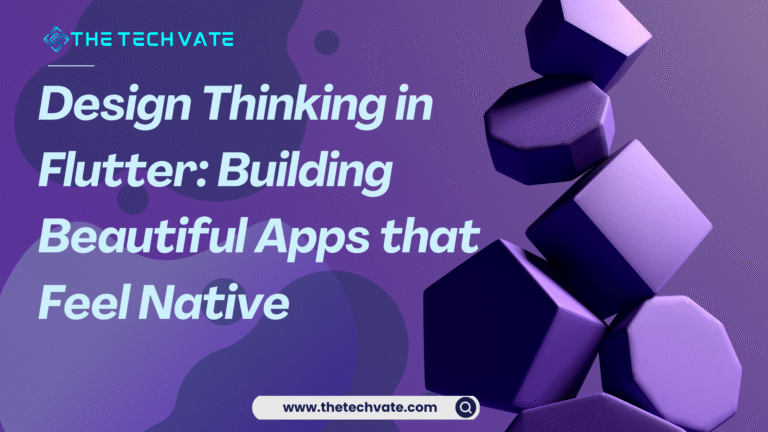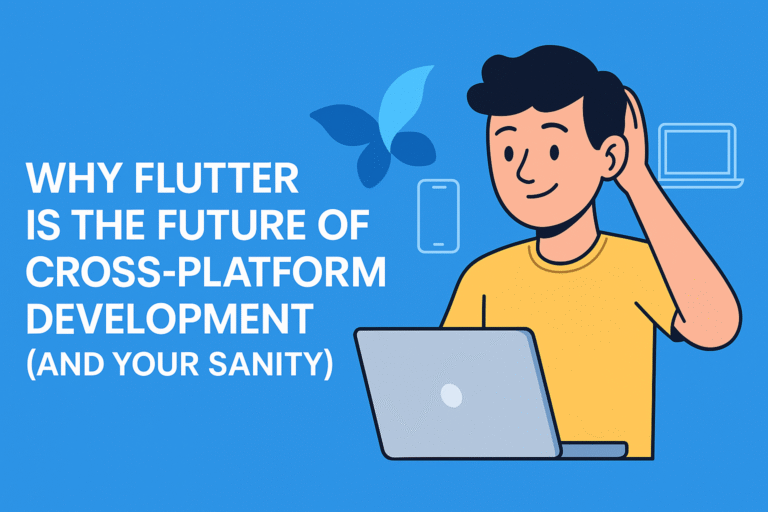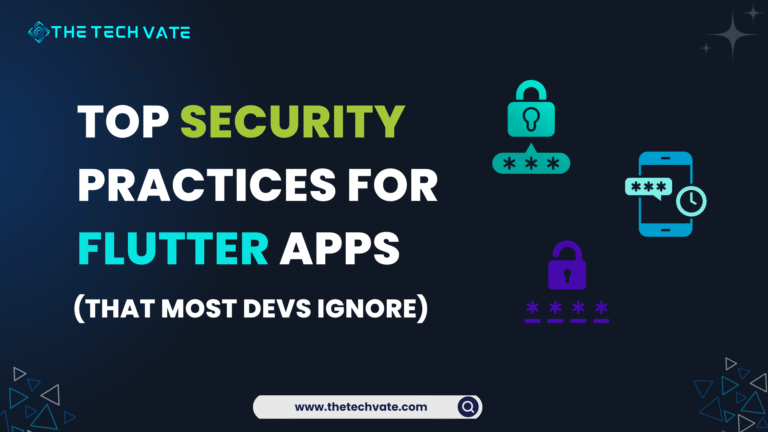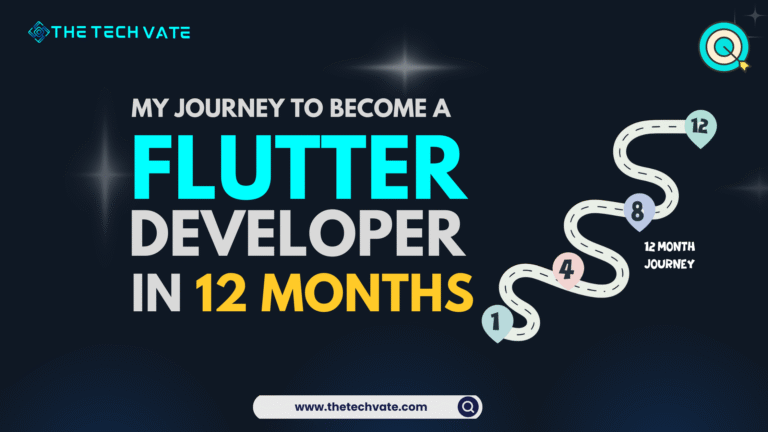Imagine this: you’ve just built your first Flutter app — it’s beautiful, fast, and your mom even said it looks “professional.” You tap a button expecting the counter to increase… and nothing happens.
Welcome, my friend, to the mystical land of State Management — where widgets rebuild themselves, setState() is both your best friend and worst enemy, and every Flutter developer becomes a philosopher at some point.
Let’s unpack the chaos together — with some humor, coffee, and a few mental breakdowns along the way.
Act 1: What Even Is State?
At its core, state is just your app’s current mood.
Is the counter 0? That’s the state. Tap the button, it becomes 1 — new state.
Flutter is reactive, meaning your UI automatically updates when the state changes.
That’s the good news.
The bad news? Managing that state in a complex app feels like juggling knives while blindfolded.
That’s where state management solutions come in.
Provider — The Friendly Neighborhood Hero
Provider is like that chill friend who’s always around to help. It wraps Flutter’s low-level InheritedWidget in a soft, cozy blanket, so you don’t lose your sanity.
It’s easy to use, beginner-friendly, and works great for small to medium apps.
class CounterModel extends ChangeNotifier {
int count = 0;
void increment() {
count++;
notifyListeners();
}
}
And in your widget:
Consumer<CounterModel>(
builder: (context, counter, child) => Text('${counter.count}'),
);
Simple, readable, and refreshingly human.
Best for: Small apps, beginners, people who hate boilerplate.
Downside: Can get messy if your app grows — nested Providers everywhere like Russian dolls.
BLoC — The Corporate Suit of Flutter
If Provider is the chill friend, BLoC is the guy in a tie carrying a neatly labeled folder.
BLoC (Business Logic Component) separates your UI from your logic using Streams — like a traffic controller managing data flow.
class CounterBloc {
final _controller = StreamController<int>();
int _count = 0;
Stream<int> get stream => _controller.stream;
void increment() {
_count++;
_controller.sink.add(_count);
}
void dispose() => _controller.close();
}
Structured. Organized. Testable.
You’ll feel like a real engineer building a banking app, even if it’s just a to-do list.
Best for: Medium to large apps, teams that love architecture diagrams.
Downside: A lot of boilerplate. You’ll feel like you’re managing plumbing sometimes.
Redux — The Philosopher of State
Redux is the granddaddy of state management. It’s been around since React and brought its “single source of truth” philosophy into Flutter.
Everything lives in one store. You dispatch actions, reducers handle them, and voilà — new state.
store.dispatch(IncrementAction());
Why devs love it:
Time-travel debugging.
Predictable behavior.
Great for large teams.
Why devs avoid it:
Verbose.
Steep learning curve.
Feels like writing a novel just to toggle a button.
Redux is that old wise man in the corner — brilliant, but sometimes you just want to nod politely and walk away.
Riverpod — The Glow-Up of Provider
Riverpod is like Provider 2.0 — same heart, but cooler haircut and way fewer problems.
No more context juggling, no more rebuild chaos.
final counterProvider = StateProvider<int>((ref) => 0);
And in your widget:
final count = ref.watch(counterProvider);
Text('$count');
Simple, safe, elegant.
Why developers love it:
Compile-time safety.
No dependency on
BuildContext.Great scalability.
Why not everyone uses it:
It’s newer, so fewer beginner tutorials.
If Flutter had an “official favorite child,” Riverpod would be it.
GetX — The Rockstar With Sunglasses Indoors
Now let’s talk about GetX, Flutter’s most opinionated, powerful, and occasionally controversial state manager.
If the other patterns are frameworks, GetX is an entire philosophy. It’s not just state management — it handles navigation, dependency injection, reactivity, and even snackbars. It’s basically saying:
“Sit back, developer. I’ll do everything.”
The Magic of GetX
GetX uses reactive variables — which means as soon as the value changes, the UI updates automatically. No notifyListeners(), no streams, no reducers, nothing.
Example time:
class CounterController extends GetxController {
var count = 0.obs;
void increment() => count++;
}
And in your widget:
final controller = Get.put(CounterController());
Obx(() => Text('${controller.count}'));
FloatingActionButton(
onPressed: controller.increment,
child: Icon(Icons.add),
);
Boom. Reactive UI in just a few lines.
It feels like black magic — but the good kind.
Why Developers Love GetX
Lightning Fast – Minimal boilerplate. You write less and do more.
Reactive by Default – The moment your variable changes, your UI follows suit.
All-in-One – Handles routes, controllers, state, and dependencies in one ecosystem.
Scales Easily – Works for small apps and big projects alike.
It’s the “I got you, bro” of Flutter packages.
Why Some Developers Side-Eye It
Too much power in one package. Critics say GetX breaks Flutter’s philosophy of separation of concerns.
Magic can backfire. If you don’t understand the underlying mechanism, debugging feels like fighting an invisible enemy.
Opinionated syntax. Once you go deep into GetX, migrating away is not exactly fun.
In short, GetX is like the charismatic genius who can solve everything — but if he leaves, nobody else knows what’s going on.
When to Use GetX
When you want fast results without boilerplate.
When you’re working solo or on small teams.
When you want a unified ecosystem for navigation, dependency injection, and state.
Avoid it if you’re building a large enterprise app with strict architecture rules — your senior architect might faint.
Battle of the State Managers (Now with GetX!)
| Feature | Provider  | BLoC  | Redux  | Riverpod  | GetX  |
|---|---|---|---|---|---|
| Learning Curve | Easy | Medium | Hard | Medium | Easy |
| Boilerplate | Low | High | Very High | Low | Very Low |
| Scalability | Medium | High | Very High | High | High |
| Debugging | Decent | Good | Excellent | Great | Okay-ish |
| Rebuild Control | Basic | Precise | Predictable | Smart | Reactive |
| Best For | Beginners | Large Teams | Enterprise Apps | Modern Flutter Devs | Solo Devs, Fast MVPs |
| Vibe | “Friendly tutor” | “Architect in a suit” | “Wise old man” | “Modern Zen” | “Cool hacker” |
Each has its own vibe and strengths.
The trick is knowing what kind of developer you are — and what kind of app you’re building.
A Restaurant Analogy (Now Featuring GetX!)
Imagine running a restaurant
Provider: You take orders yourself. Works fine until 20 people show up.
BLoC: You hire managers for each section. Organized but full of paperwork.
Redux: You record every burger ever made. Great for audits, bad for speed.
Riverpod: You automate the workflow — efficient and balanced.
GetX: You install a robot chef that does everything — cooks, serves, cleans, and probably tweets about it.
The Emotional Journey of Every Flutter Dev
If you’ve been here a while, your timeline probably looked like this:
Discovery: “setState() is enough.”
Denial: “Okay, maybe I’ll add Provider.”
Burnout: “Why are there so many nested providers?”
Rebellion: “I’ll use GetX. I don’t care anymore.”
Peace: “Hmm… Riverpod actually feels clean.”
Wisdom: “It’s not about the package. It’s about understanding data flow.”
So… Which One Should You Pick?
Here’s the truth: there’s no right answer.
Each library exists because developers have different philosophies:
Provider: Simplicity.
BLoC: Structure.
Redux: Predictability.
Riverpod: Modern safety.
GetX: Speed and convenience.
Your choice depends on your project scale, team size, and personal sanity threshold.
If you’re a beginner, start with Provider or GetX.
If you like clean architecture, explore BLoC.
If you’re building something big, Riverpod or BLoC will keep you sane.
If you’re coding at 2 AM and just want things to work, GetX will be your best friend.
Final Thoughts: The Zen of State Management
Flutter is like life — full of rebuilds and occasional exceptions.
Your goal isn’t to pick the “perfect” package but to understand how data flows and when UI should react.
Once you truly grasp that, it doesn’t matter whether you use Provider, Riverpod, BLoC, GetX, or a potato powered by setState(). You’ll build beautiful, stable apps.
So choose wisely. Experiment. Break things. Rebuild.
And remember —
With great state comes great rebuilds.
Now go forth, Flutter dev — and may your UI always stay in sync.

